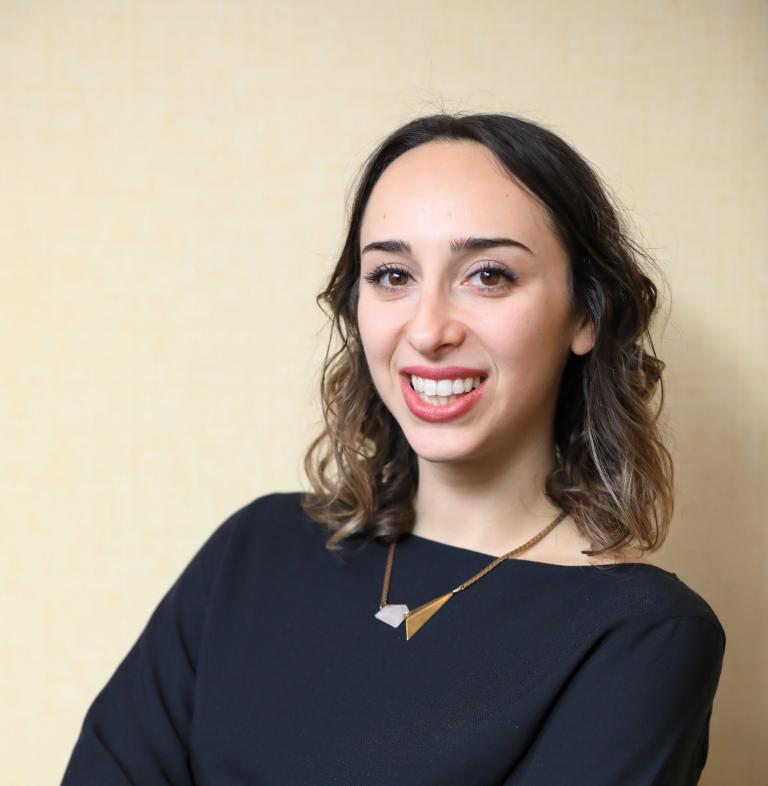UCL SoM Alumna Eva Sasson on Presenting at Academic SNA Conference, XXXVIII Sunbelt Conference, in Utrecht, Netherlands
Three years ago, I didn’t know anything about the Dutch city of Utrecht. Little did I know that I would be standing at the podium delivering a talk about how to apply natural language processing to graph theory, to identify intra-organizational knowledge holders. I journeyed to Utrecht from San Francisco after graduation, to speak at the International Network Analysis conference, XXXVIII Sunbelt Conference, about research that I conducted while at UCL.
How did I get to take part?
I began the research as part of my MSc at UCL in the School of Management’s new Business Analytics track. I took a module on Social Network Analysis, and partnered with Pubudu Rukmal, an MSc student in UCL’s Business Analytics with Computer Science program, who was excited about implementations of machine learning. This specific module consisted of 6 lectures, and a large, scientific research paper, applying social network science to a problem in society.
The projects amongst my peers ranged from looking at the effectiveness of city bike-share programs using public bike-share data to investigating music-listening trends and their communities using spotify and warner music data, to analyzing crime and the police force.
The research I conducted, alongside Pubudu, was based off of data from a private organization in London, Satalia, which offers data science and analytics solutions to enterprise customers. However, our research didn’t focus on what the company did so much as who was actually doing the work, and working collaboratively in doing so.
What was the project about?
The project looked at the conversation webs regarding who was talking to whom in the company’s private Slack channel, in order to evaluate who were the key knowledge holders. We used Python to build a network map of the company’s internal chatter patterns, and added a second level of complexity using natural language processing to evaluate what all those people were talking about. The output of the research is a data visualization in the form of a network web where nodes are people and the links between them are the 1:1 conversations that they have with each other.
This is an example of one of the organization’s network webs from the Slack data.
What was the experience like?
To be a presenting author at a global conference for top academics was a humbling experience. My co-presenters hailed from Stanford to Barcelona, many of whom were PhD’s, Professors, and published researchers in the field.
The questions and conversations amongst the conference attendees were intellectual, educated and curious. It was interesting to be exposed to the “big trends” and where applications of social network science are particularly relevant today, for example, terrorism research and video games.
…..Also… Utrecht is a really cool city with one of the best biking infrastructures in the world! Outside of the conference, it was a privilege to get to explore a new city as innovative civically as Utrecht.
Key tips/ takeaways for students
I would recommend the experience to any students who are excited about the work they are doing and interested in exploring it in a deeper capacity.
If interested, work with your project advisor to pinpoint the conferences or publications that are appropriate to that field. Seek outside guidance to perfect your abstract and/or paper for submission, (and add more to your future work/ limitation sections if necessary).
If you do get selected, have fun with it! The presentations that were worked on and created with joy were far more engaging than the slower, less-designed talks.
If you want to discuss this further, please tweet me at @evasasson!
